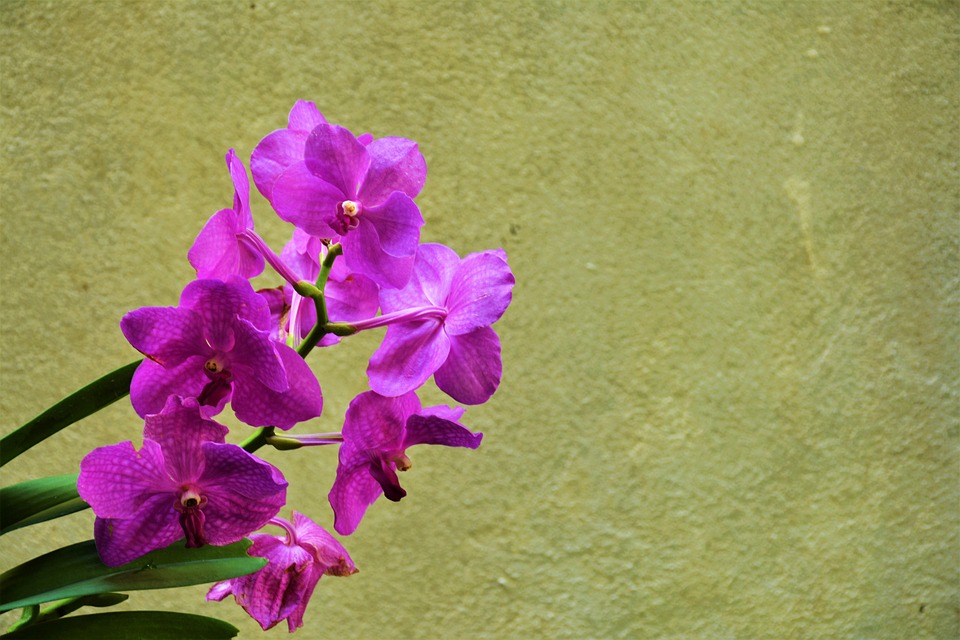The Green Thumb’s Guide: Mastering Indoor Plant Care Like a Pro
Indoor plants have become increasingly popular in recent years, not only for their aesthetic appeal but also for the numerous health benefits they provide. From purifying the air to reducing stress levels, indoor plants have a lot to offer. However, if you’re new to indoor gardening, you may be feeling a bit overwhelmed. Not to worry – with the right knowledge and a little bit of practice, you can become a pro at caring for your indoor plants. In this guide, we will walk you through everything you need to know to master indoor plant care like a pro.
Choosing the Right Plants
The first step in successfully caring for indoor plants is choosing the right ones for your space. Consider factors such as the amount of light your space receives, the level of humidity, and your own personal preferences. Some popular indoor plants that are relatively easy to care for include pothos, snake plants, and spider plants. These plants are known for their resilience and ability to thrive in a variety of conditions.
Lighting
Proper lighting is essential for the health of your indoor plants. Most indoor plants require bright, indirect light to thrive. Place your plants near a window where they can receive plenty of natural light, but be sure to avoid direct sunlight, as this can cause their leaves to burn. If your space lacks natural light, consider investing in a grow light to ensure your plants receive the light they need to flourish.
Watering
One of the most common mistakes people make when caring for indoor plants is overwatering. It’s important to water your plants only when the top inch of soil feels dry to the touch. Be sure to water thoroughly, allowing excess water to drain out of the bottom of the pot. It’s also a good idea to use a moisture meter to help you determine when your plants need water.
Humidity
Indoor plants thrive in environments with high humidity levels. If your space is particularly dry, consider placing a humidifier near your plants to help create the ideal growing conditions. You can also mist your plants with water occasionally to help increase humidity levels. Another option is to group your plants together, as they will create their own microclimate that can help increase humidity.
Fertilizing
Indoor plants require regular fertilizing to ensure they receive the nutrients they need to thrive. Choose a balanced, water-soluble fertilizer and apply it according to the instructions on the package. Be sure not to over-fertilize, as this can cause harm to your plants. During the growing season, typically spring and summer, you may need to fertilize your plants more frequently.
Pruning and Maintenance
Regular pruning is essential for keeping your indoor plants healthy and looking their best. Remove any dead or yellowing leaves, as well as any stems that are leggy or overcrowded. Pruning will help promote new growth and keep your plants looking tidy. In addition to pruning, be sure to regularly dust your plants’ leaves to help them photosynthesize more effectively.
Pest Control
Unfortunately, indoor plants are not immune to pests. Keep an eye out for common pests such as spider mites, aphids, and mealybugs. If you notice any signs of infestation, such as yellowing leaves or sticky residue on your plants, take action immediately. You can use natural remedies such as neem oil or insecticidal soap to combat pests without harming your plants.
Common Questions
1. How often should I water my indoor plants?
2. What are some low-maintenance indoor plants?
3. How can I increase humidity levels for my plants?
4. What are some signs that my plants are being overwatered?
5. How can I prevent pests from infesting my indoor plants?
Conclusion
Caring for indoor plants may seem daunting at first, but with the right knowledge and a little bit of practice, you can become a pro in no time. By choosing the right plants, providing proper lighting, watering appropriately, and addressing other key care factors, you can ensure that your indoor plants thrive and bring beauty and health benefits to your space. Remember to stay attentive to your plants’ needs, and don’t be afraid to experiment and learn from your experiences. With a little bit of patience and dedication, you’ll be well on your way to mastering indoor plant care like a pro.
So, there you have it – The Green Thumb’s Guide to mastering indoor plant care like a pro. Happy gardening!


















































